Is puppetry a dying art or one that is evolving with the times? Ahead of World Puppetry Day tomorrow, Shraddha Shirodkar talks to puppeteers who are charting a course for the future
Puppets for entertainment, for sending out social messages, for giving voice to the voiceless and also for therapy. The ancient art of puppeteering is finding ever new forms, not just in India but across the world, as artists hone their act to keep in step with the changing times.
The physical form of the puppets has always been diverse – the colourful, wooden kathputlis from Rajasthan with large eyes dancing to traditional music, Indonesia's intricately-carved shadow puppets made of leather that tell the tale of Ramayana and the cute hand puppets made of soft plush from Germany, to name a few. Now, they are also being used to meet various needs.
Puppetry as a form of therapy has come to light only recently. In Germany, for instance, plush puppets are propped in front of a dentist's chair to put children at ease. In Mumbai, renowned puppeteer and theatre and television personality Meena Naik and her troupe have used matchbox puppets to help commercial sex workers open up and talk about their health-related problems — something they refused to do earlier in the presence of doctors and health workers. More recently, children suffering from cancer, who do not have access to any source of entertainment, played with puppets made from brown paper bags at the Indian Cancer Society.
"My earliest exposure to puppets was in the 1960s at the doll factory of Madhavlal Masterji, who used to stay at Shivaji Park," says Naik. "He would let me study his puppets and peruse his books on puppetry. That's where I learnt the basics." Apart from Naik, the universal language of puppetry has found voice in proponents like Dadi Pudumjee, president of the Union Internationale de la Marionnette (UNIMA) and Anupama Hoskere, founder of the Dhaatu International Puppet Festival.
Global traditions
In essence, puppetry is a form of storytelling, which is probably why it comes naturally to humans, given our ability to imagine, fantasise and create. It comes as no surprise then that puppetry doesn't belong to any one nation. Almost every country has a tradition of puppetry in its rich cultural bouquet, be it the Turkish tradition of shadow play named Karagöz and Hacivat, which was widespread throughout the Ottoman empire, or the Pupi Siciliani (Sicilian puppets), which are large marionettes dressed in knightly armour and were part of the traditional form of popular theatre in Sicily in the early 1800s.
Closer home, Hindu philosophers have likened god to a puppeteer or a sutradhar, and the universe to a stage, and how he manipulates every act and movement. A negative connotation has thus emerged, in that one who obeys unquestioningly is termed a puppet.
Mumbai marionettes
Naik, who was fascinated as a child by the puppet shows put up by East European theatre troupes in the early 1960s, has been credited with the rise of the art form in Mumbai. In 1975, when Mumbai Doordarshan asked Naik to compere the children's programme Kilbil, she had the unique opportunity to introduce puppets to children. She created Dhituklya, her very first puppet, and later came to be known as Dhituklyachi Meenatai.
Naik has come a long way since. Through her puppet institute Kalsootri, Naik uses the art form not only for entertainment but also to address social causes, such as child sexual abuse, create HIV awareness, child trafficking and more.
"In 2000, I presented the show Vatevarti Kacha Ga on child sexual abuse, using shadow puppets to show the act of abuse, and hand puppets to start a dialogue between the characters. Typically, we'd see a delicate subject like this being depicted through a street play, but often, viewers watch such plays and walk away. So, I include interaction to urge the audience to think."
Theatre and television actor Shreya Bugade is grateful to Naik for introducing her to the world of puppetry at a time when she was just eight. "As a kid, I was part of Vatevarti Kacha Ga, which was innovative because it did not preach, and instead encouraged a dialogue through puppetry. At 16, while my college friends were out clubbing, I would be working on a play about red light areas and HIV awareness. So, puppetry not only helped me grow as an actor but also as a human being, as I learnt about these issues from a very tender age."
The road ahead
With its newfound status as an art form that can be used for more than just entertainment, is puppetry poised for greater things? Is it ready to meet the challenges in the increasingly competitive entertainment options available today?
"Why single out puppetry? Many art forms need nurturing," says Delhi-based Pudumjee, who has been instrumental in instituting March 21 as World Puppetry Day. "While some are doing well, others are languishing. A good story needs a good technique and production qualities and vice versa. Most art forms compete with cinema and television, for sure, but puppet artists must find better platforms to perform at, to be able to improve their productions and performances for both adults and children."
While Bengaluru-based Anupama Hoskere is doing her bit to spread awareness about puppetry through the Dhaatu International Puppet Festival, which took place earlier this year, Pudumjee stresses the need to have training facilities. "UNIMA India has been conducting master classes with both traditional and modern puppeteers," he says. The organisation's mission is to "link puppeteers nationally and internationally, publish information on and for the field, offer support and technical assistance for professional puppeteers through seminars, conferences, and symposia," among other things.
Under Pudumjee's guidance, the Ishara Puppet Theatre Trust has been organising an international puppet festival in Delhi, Jaipur and other cities. "However, workshops and training programmes are the need of the hour for both traditional and modern puppeteers," he says.
Naik too has been instrumental in getting the University of Mumbai to start a certificate course in puppetry. The weekend-only course, which begins every August at Rachana Sansad, Prabhadevi, Mumbai, covers subjects like history, technical theatre, scripting, music and manipulation.
Says student Madhuri Kale, "After receiving formal training, two classmates of mine and I put up puppet shows at a local school and an institute for differently-abled kids. The difference we saw after the course was that puppetry now seems effortless to us."
The adoption of techniques, such as merging puppetry with animation, similar to claymation, or even Bunraku, the sophisticated Japanese puppet form, which does not use strings and instead uses three performers, will no doubt help puppet artists keep the art relevant in today's time.
Experimentation and the creative ability of the manipulator are still key to sustaining this age-old art form. "The imagery and the metaphors, which were once characteristic of each type of puppet, distinguishing one from the other, have today become a source of expression for each individual puppeteer. Thus, we have a new single, poetic language depending not on a generic tradition but on the talent of the artist and his or her individual creativity. Unification of the means of expression has given rise to differentiation," said scholar, researcher, theatre critic, author and anthropologist Professor Henryk Jurkowski, who passed away earlier this year, stated in his message for World Puppetry Day in 2011.
This World Puppetry Day, the hope is that puppetry will live as long as humans continue to tell stories, their imagination and creativity finding a way into the hearts of audiences and giving rise to voices that were suppressed or silenced.
Did you know
The expressive Bunraku puppets of Japan had once replaced human actors on the stage. Legend has it that a popular playwright grew tired of theatre actors demanding that their parts be enlarged and felt that his plays could be better enacted by wooden puppets
Puppets we love
Bert and Ernie, the two Muppets from Sesame Street became household names in the 70s for being the odd, but interesting, duo
Kermit the Frog, with his large white eyes and a green body, was originally developed as a lizard!
The Fraggle Rock puppet programme, also featuring Muppets, was perhaps as colourful as you could get on television at the time
Punch and Judy were a traditional glove puppet duo that managed to evoke shocked laughter from their audience, especially for the violent parts of the show
![submenu-img]() This film made Dharmendra star, was originally offered to Sunil Dutt, actor suffered near-death injury, movie earned...
This film made Dharmendra star, was originally offered to Sunil Dutt, actor suffered near-death injury, movie earned...![submenu-img]() Sumatra Slim Belly Tonic Scam (Tested For 90 Days) Does This Blue Tonic Supplement Work For Weight Loss?
Sumatra Slim Belly Tonic Scam (Tested For 90 Days) Does This Blue Tonic Supplement Work For Weight Loss?![submenu-img]() Sugar Defender Scam (60 Days Of Testing) What Users Are Saying About This Blood Sugar Support Formula
Sugar Defender Scam (60 Days Of Testing) What Users Are Saying About This Blood Sugar Support Formula![submenu-img]() FitSpresso Scam (I've Used It For 180 Days) Are These Weight Loss Pills Effective?
FitSpresso Scam (I've Used It For 180 Days) Are These Weight Loss Pills Effective?![submenu-img]() Understanding Legal Entity Identifiers: The Advantages and Benefits
Understanding Legal Entity Identifiers: The Advantages and Benefits![submenu-img]() Meet man who almost failed in class 12, IIT alumnus, who quit high-paying job at Infosys for UPSC exam, secured AIR...
Meet man who almost failed in class 12, IIT alumnus, who quit high-paying job at Infosys for UPSC exam, secured AIR...![submenu-img]() Meghalaya Board 10th, 12th Result 2024: MBOSE SSLC, HSSLC Arts results to be declared on this date
Meghalaya Board 10th, 12th Result 2024: MBOSE SSLC, HSSLC Arts results to be declared on this date![submenu-img]() Campus placement: Over 7700 students of IIT 2024 batch yet to get jobs, finds RTI
Campus placement: Over 7700 students of IIT 2024 batch yet to get jobs, finds RTI![submenu-img]() IIT-JEE topper joins IIT Bombay with AIR 1, skips placement drive, now working as a...
IIT-JEE topper joins IIT Bombay with AIR 1, skips placement drive, now working as a...![submenu-img]() IIT graduate builds Rs 1057990000000 company, leaves to get a job, now working as a….
IIT graduate builds Rs 1057990000000 company, leaves to get a job, now working as a….![submenu-img]() DNA Verified: Is CAA an anti-Muslim law? Centre terms news report as 'misleading'
DNA Verified: Is CAA an anti-Muslim law? Centre terms news report as 'misleading'![submenu-img]() DNA Verified: Lok Sabha Elections 2024 to be held on April 19? Know truth behind viral message
DNA Verified: Lok Sabha Elections 2024 to be held on April 19? Know truth behind viral message![submenu-img]() DNA Verified: Modi govt giving students free laptops under 'One Student One Laptop' scheme? Know truth here
DNA Verified: Modi govt giving students free laptops under 'One Student One Laptop' scheme? Know truth here![submenu-img]() DNA Verified: Shah Rukh Khan denies reports of his role in release of India's naval officers from Qatar
DNA Verified: Shah Rukh Khan denies reports of his role in release of India's naval officers from Qatar![submenu-img]() DNA Verified: Is govt providing Rs 1.6 lakh benefit to girls under PM Ladli Laxmi Yojana? Know truth
DNA Verified: Is govt providing Rs 1.6 lakh benefit to girls under PM Ladli Laxmi Yojana? Know truth![submenu-img]() AI models set goals for pool parties in sizzling bikinis this summer
AI models set goals for pool parties in sizzling bikinis this summer![submenu-img]() In pics: Aditi Rao Hydari being 'pocket full of sunshine' at Cannes in floral dress, fans call her 'born aesthetic'
In pics: Aditi Rao Hydari being 'pocket full of sunshine' at Cannes in floral dress, fans call her 'born aesthetic'![submenu-img]() Jacqueliene Fernandez is all smiles in white shimmery bodycon at Cannes 2024, fans call her 'real Barbie'
Jacqueliene Fernandez is all smiles in white shimmery bodycon at Cannes 2024, fans call her 'real Barbie'![submenu-img]() AI models show bikini style for perfect beach holiday this summer
AI models show bikini style for perfect beach holiday this summer![submenu-img]() Laapataa Ladies actress Chhaya Kadam ditches designer clothes, wears late mother's saree, nose ring on Cannes red carpet
Laapataa Ladies actress Chhaya Kadam ditches designer clothes, wears late mother's saree, nose ring on Cannes red carpet![submenu-img]() DNA Explainer: Why was Iranian president Ebrahim Raisi, killed in helicopter crash, regarded as ‘Butcher of Tehran’?
DNA Explainer: Why was Iranian president Ebrahim Raisi, killed in helicopter crash, regarded as ‘Butcher of Tehran’?![submenu-img]() DNA Explainer: Why did deceased Iranian President Ebrahim Raisi wear black turban?
DNA Explainer: Why did deceased Iranian President Ebrahim Raisi wear black turban?![submenu-img]() Iran President Ebrahim Raisi's death: Will it impact gold, oil prices and stock markets?
Iran President Ebrahim Raisi's death: Will it impact gold, oil prices and stock markets?![submenu-img]() Haryana Political Crisis: Will 3 independent MLAs support withdrawal impact the present Nayab Saini led-BJP government?
Haryana Political Crisis: Will 3 independent MLAs support withdrawal impact the present Nayab Saini led-BJP government?![submenu-img]() DNA Explainer: Why Harvey Weinstein's rape conviction was overturned, will beleaguered Hollywood mogul get out of jail?
DNA Explainer: Why Harvey Weinstein's rape conviction was overturned, will beleaguered Hollywood mogul get out of jail?![submenu-img]() This film made Dharmendra star, was originally offered to Sunil Dutt, actor suffered near-death injury, movie earned...
This film made Dharmendra star, was originally offered to Sunil Dutt, actor suffered near-death injury, movie earned...![submenu-img]() Sanjay Leela Bhansali breaks silence on Sharmin Segal's performance in Heeramandi: She kept saying, 'Mama, I will...'
Sanjay Leela Bhansali breaks silence on Sharmin Segal's performance in Heeramandi: She kept saying, 'Mama, I will...'![submenu-img]() 'To my surprise...': Neena Gupta says she is amazed as everyone from different backgrounds loves Panchayat
'To my surprise...': Neena Gupta says she is amazed as everyone from different backgrounds loves Panchayat![submenu-img]() Worst Indian film ever ended actor's career, saw court cases; it's not Jaani Dushman, Adipurush, RGV Ki Aag, Himmatwala
Worst Indian film ever ended actor's career, saw court cases; it's not Jaani Dushman, Adipurush, RGV Ki Aag, Himmatwala![submenu-img]() Meet director, was thrown out of film for advising Salman Khan, gave flops; later made 6 actors stars with just one film
Meet director, was thrown out of film for advising Salman Khan, gave flops; later made 6 actors stars with just one film![submenu-img]() Old video resurfaces: Hippo attempts zoo breakout, gets slapped by security guard
Old video resurfaces: Hippo attempts zoo breakout, gets slapped by security guard![submenu-img]() Mysterious pillars of light in sky spark alien speculation, know what they are
Mysterious pillars of light in sky spark alien speculation, know what they are![submenu-img]() Shaadi.com's innovative dowry calculator garners social media praise, here's why
Shaadi.com's innovative dowry calculator garners social media praise, here's why![submenu-img]() Viral video: Woman gracefully grooves to Aditi Rao Hydari’s Saiyaan Hatto Jaao from Heeramandi, watch
Viral video: Woman gracefully grooves to Aditi Rao Hydari’s Saiyaan Hatto Jaao from Heeramandi, watch![submenu-img]() Know about Travancore royal family that controls treasure of the wealthiest temple on Earth
Know about Travancore royal family that controls treasure of the wealthiest temple on Earth
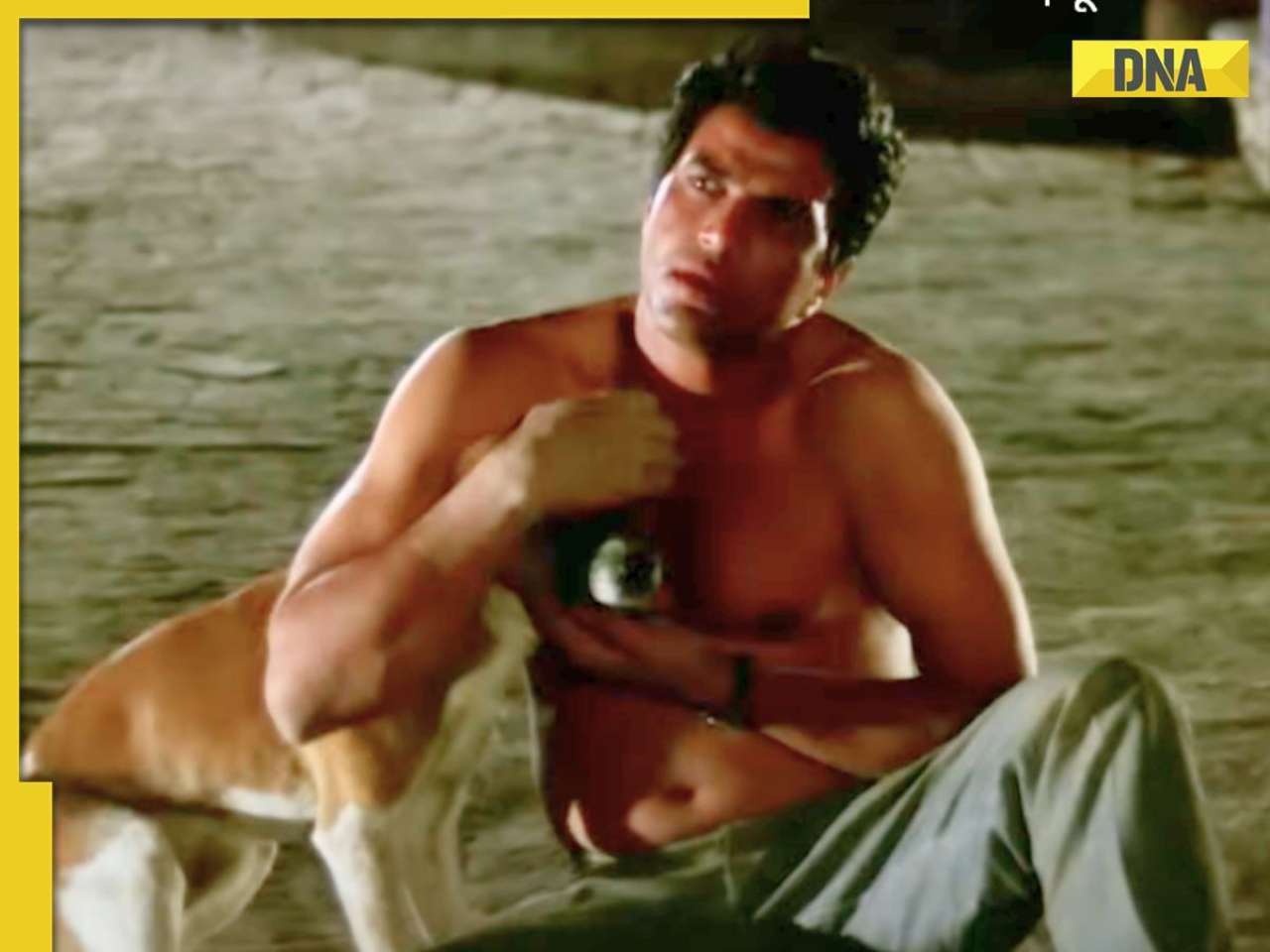









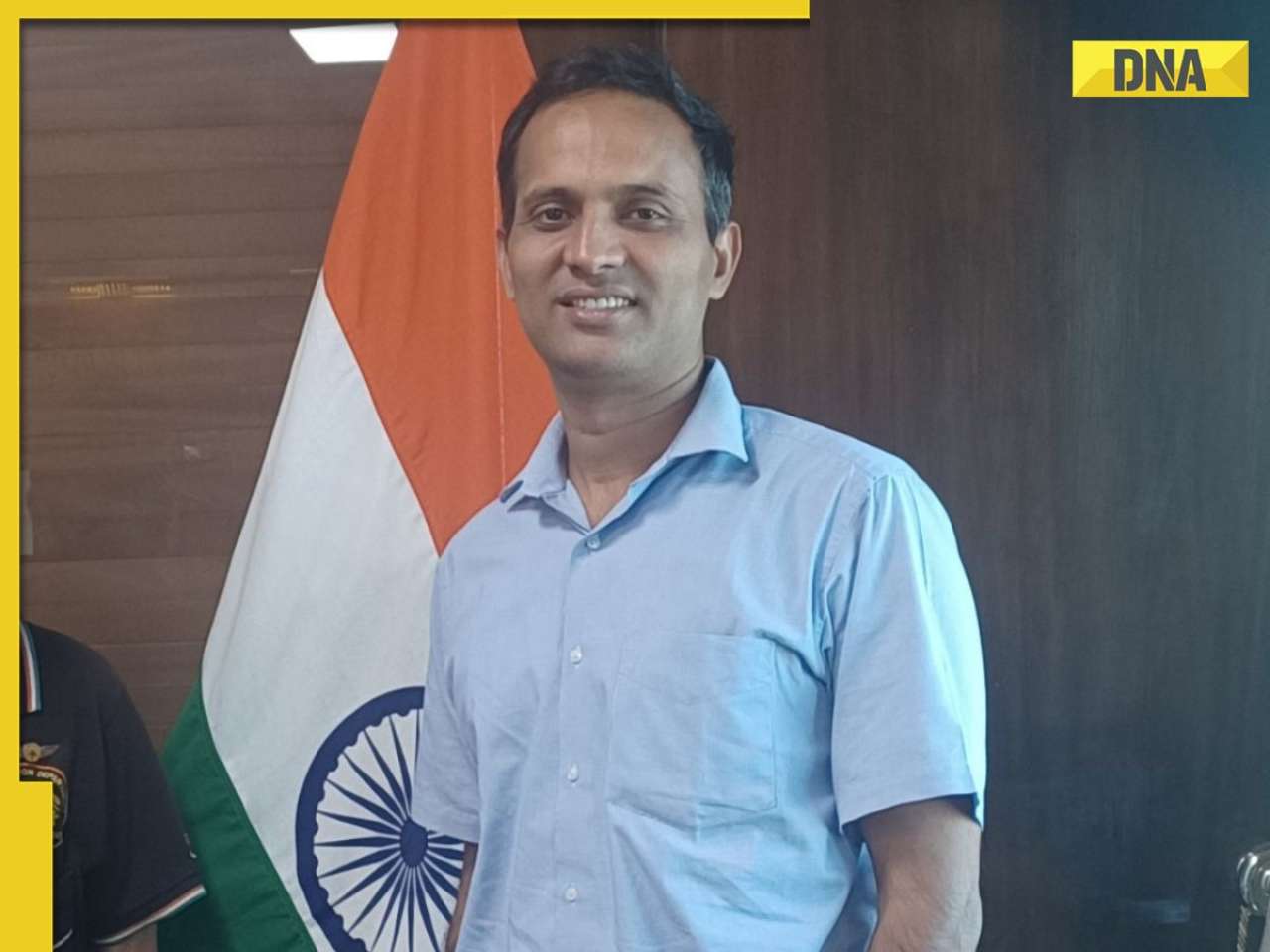
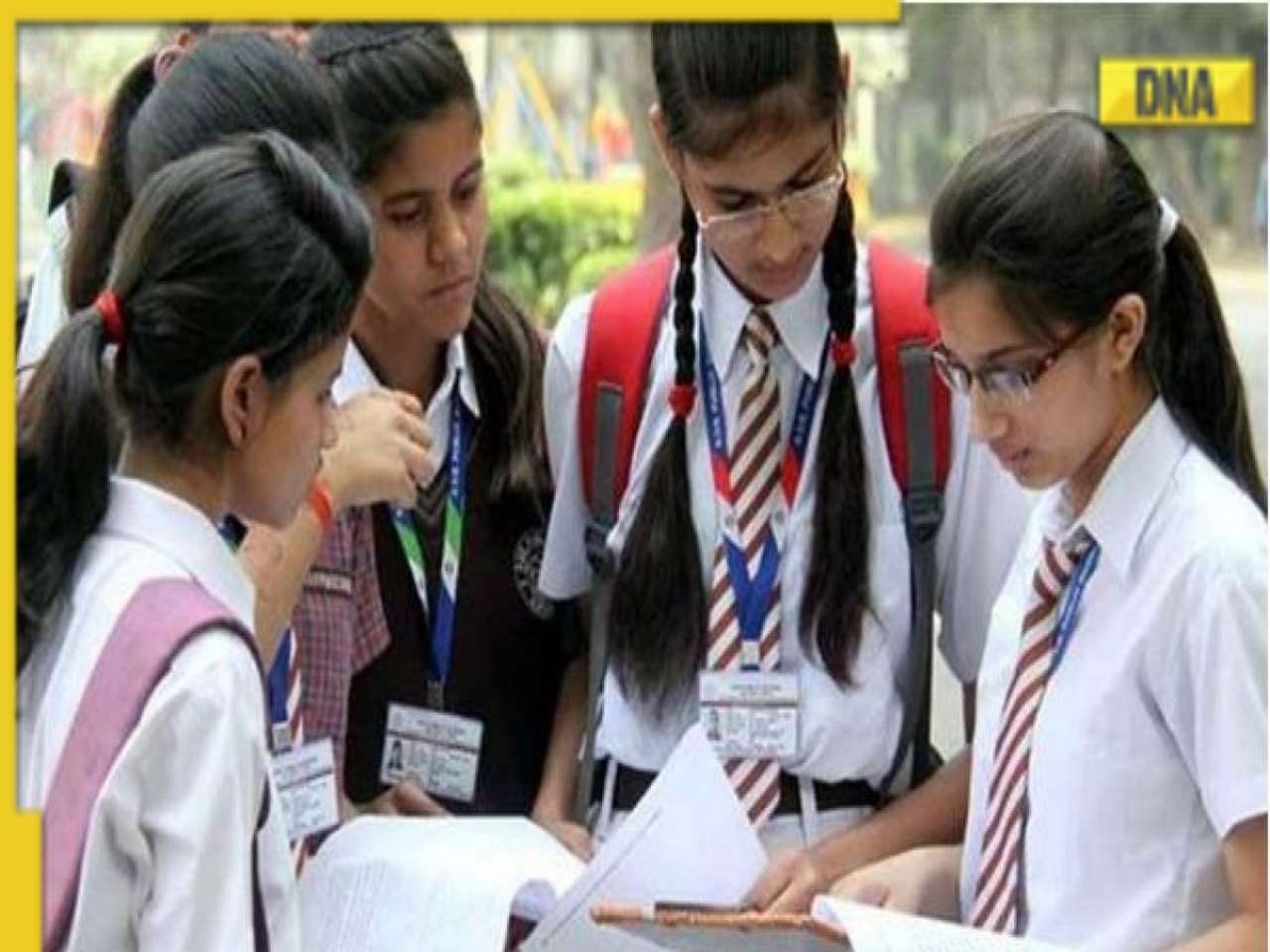

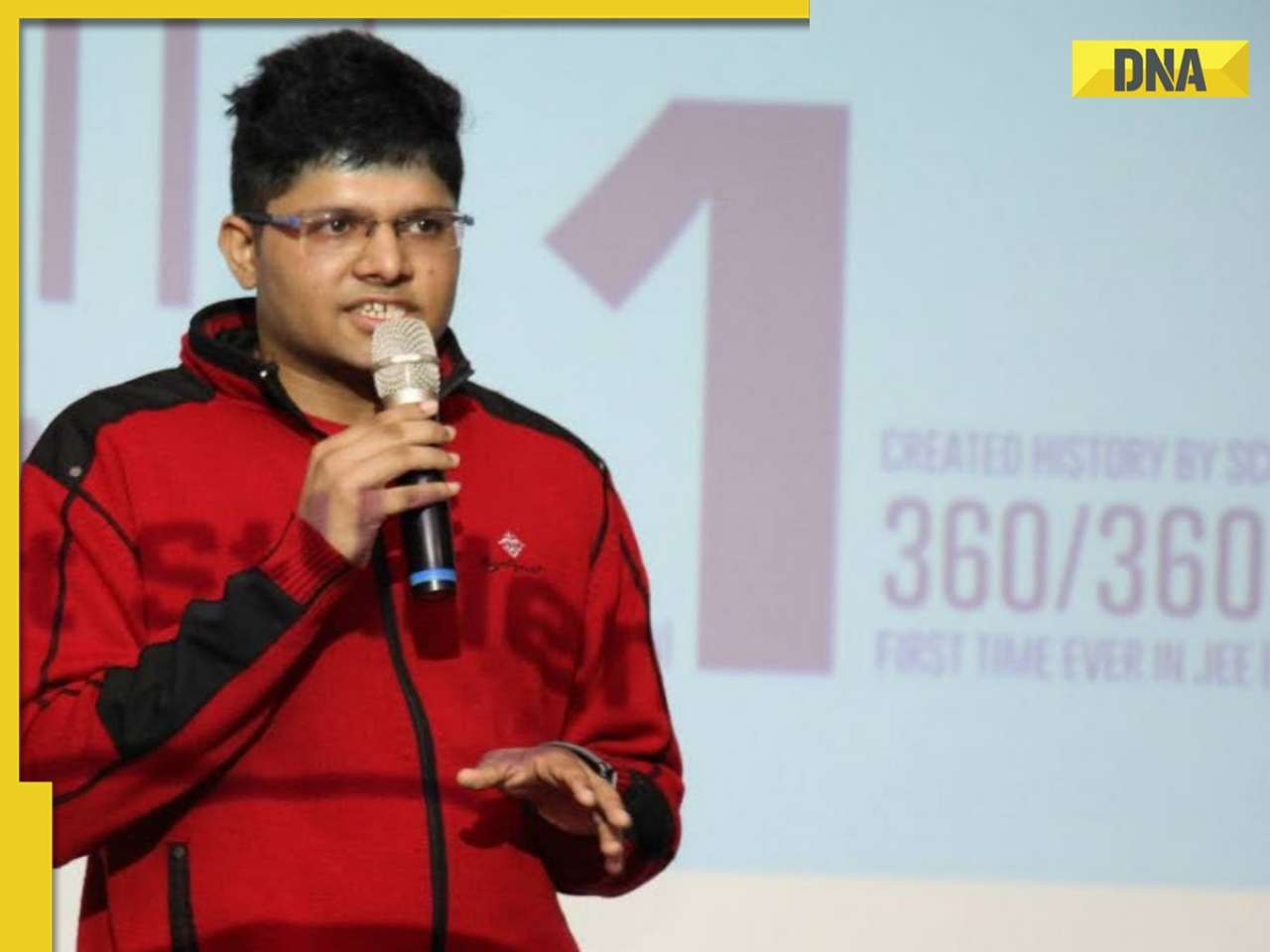










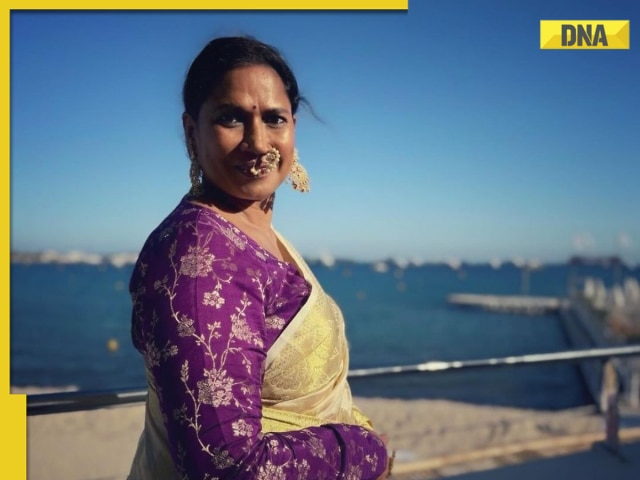






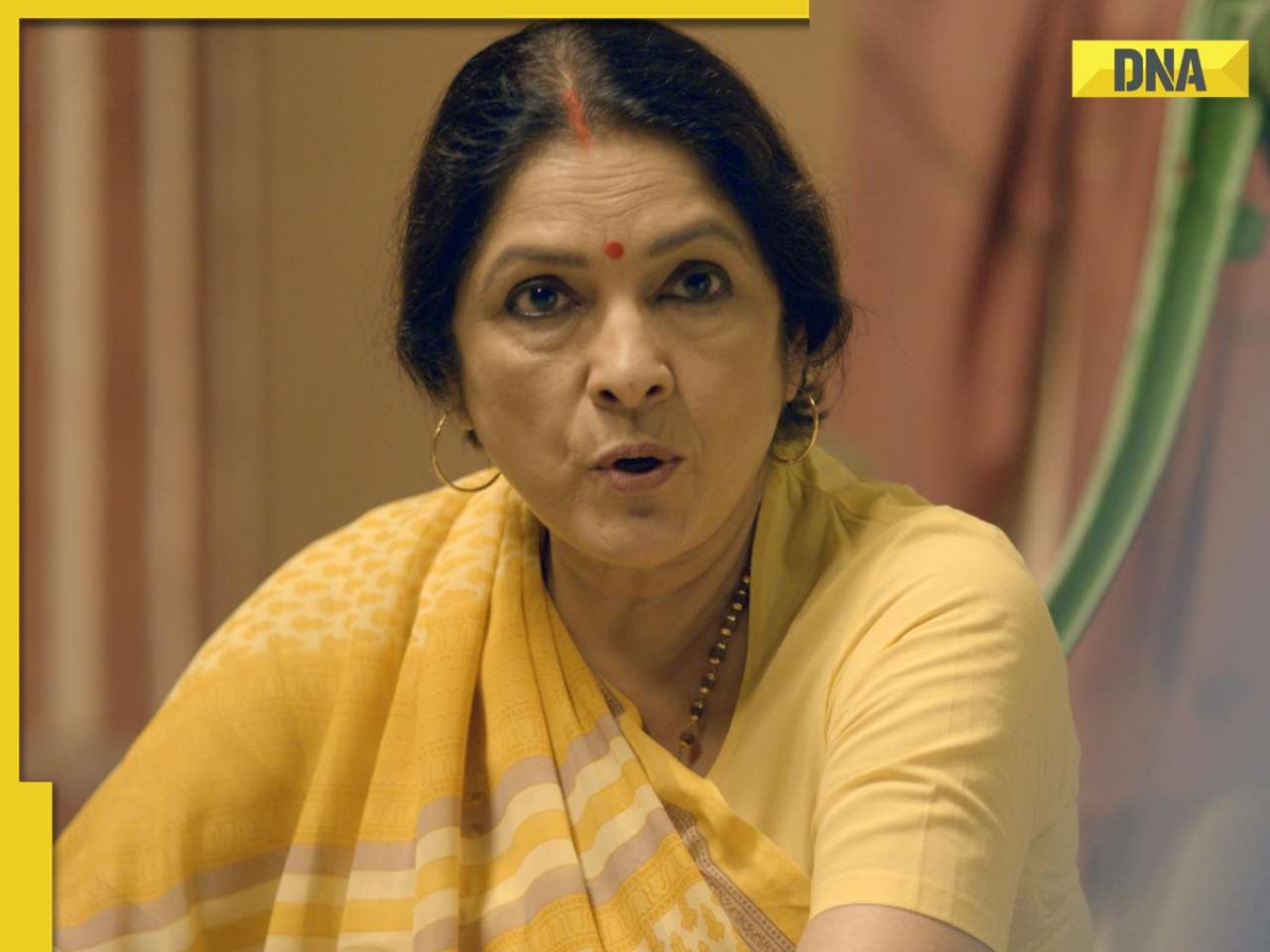


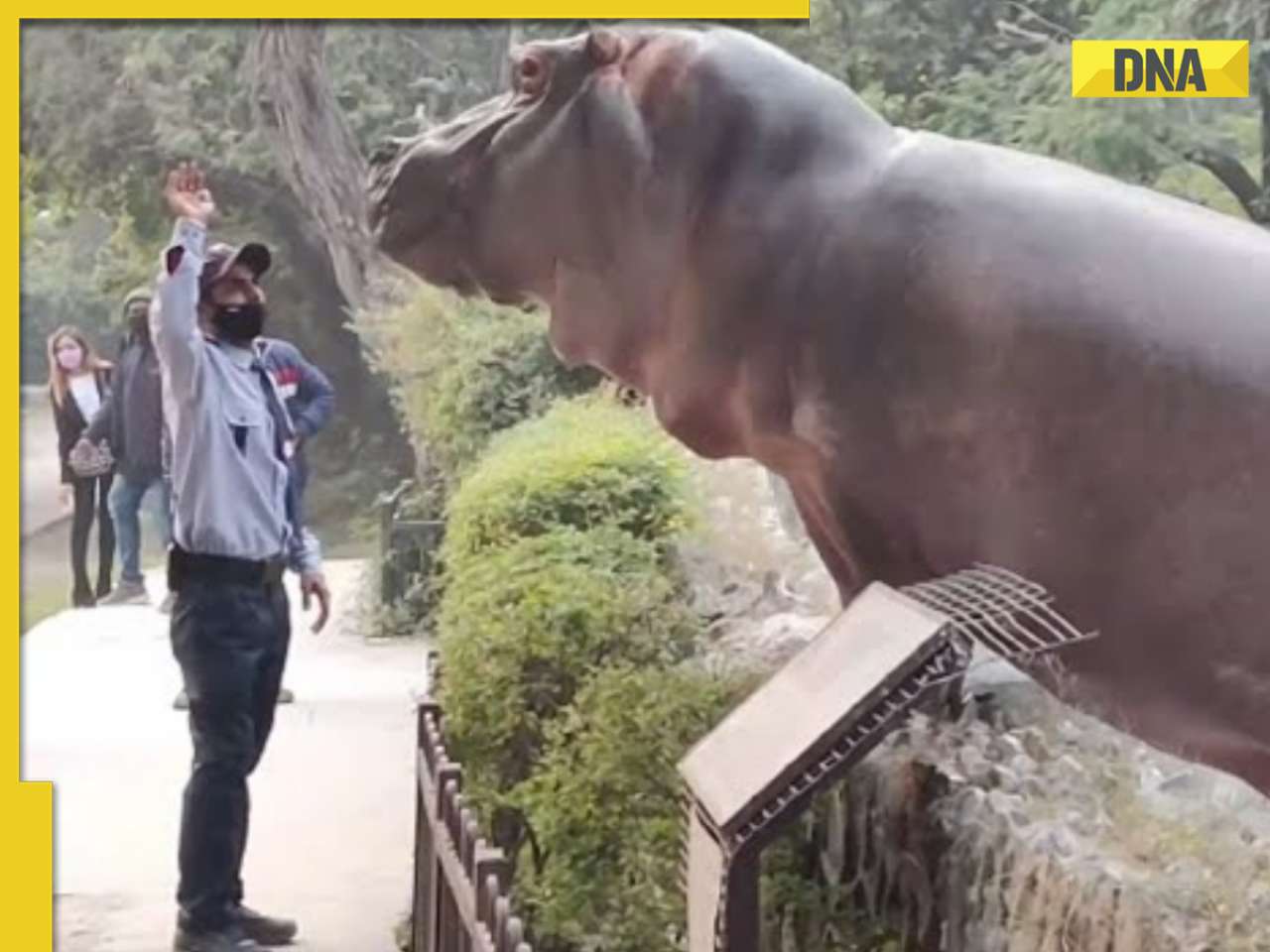


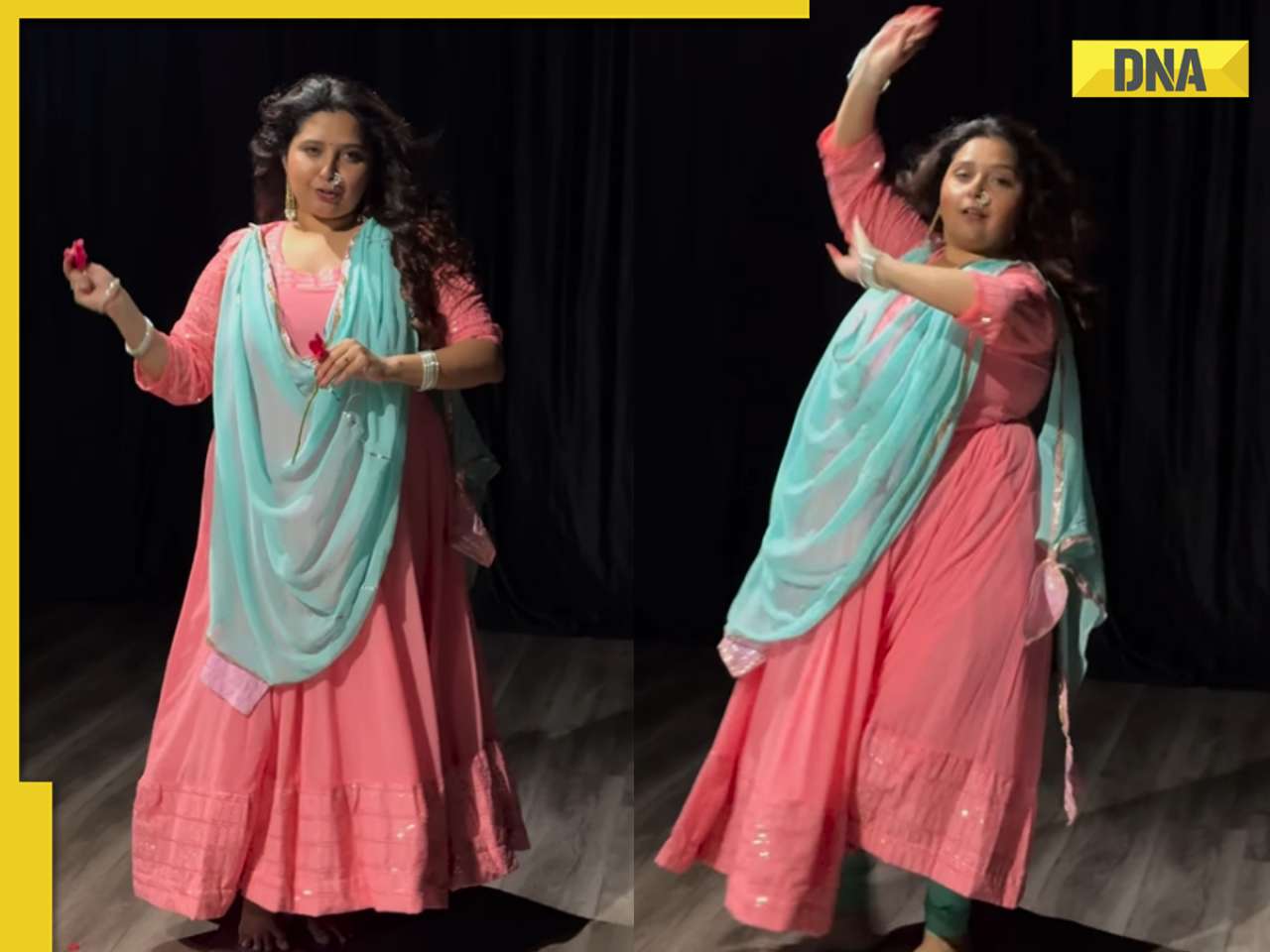


)


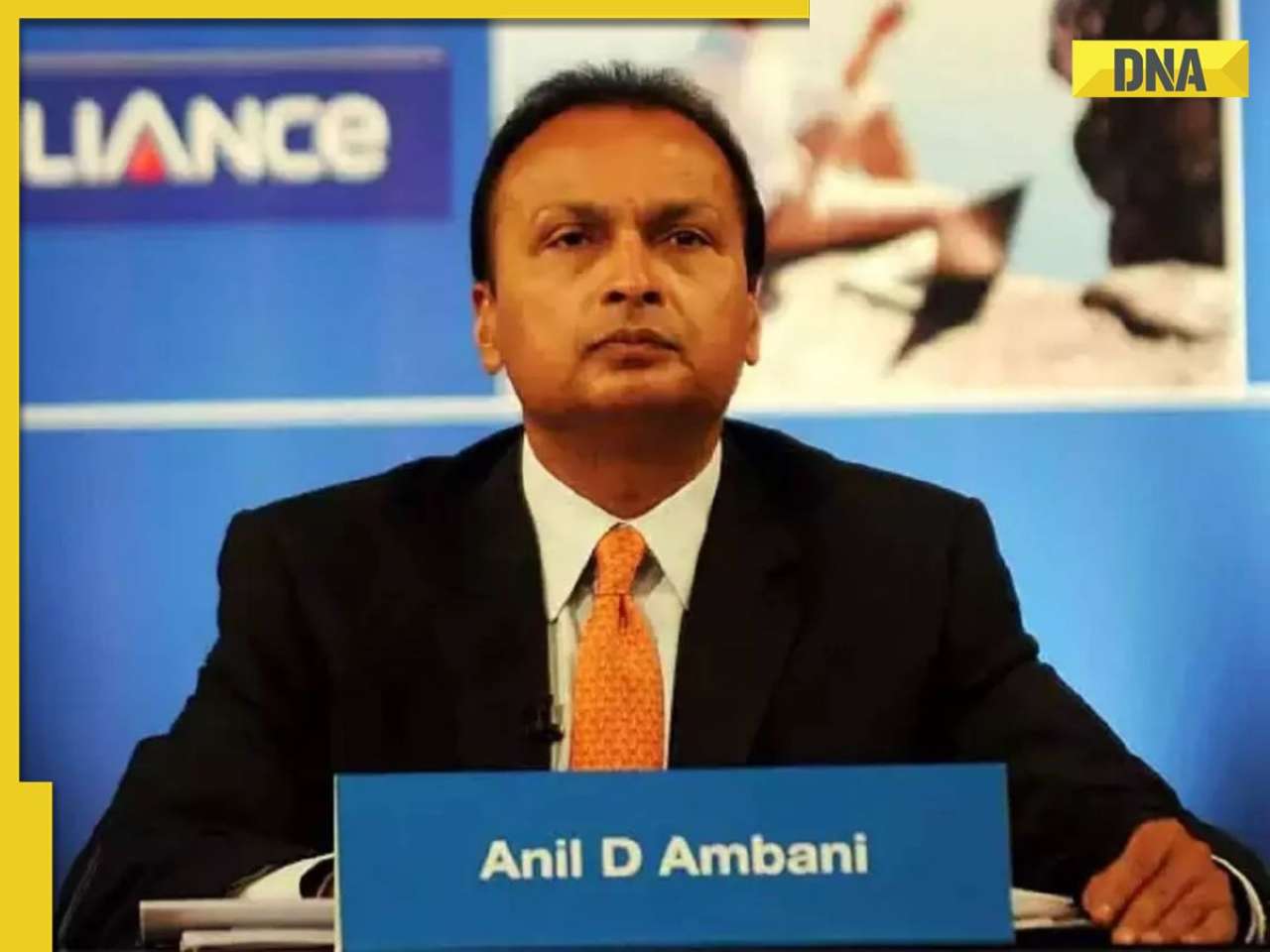






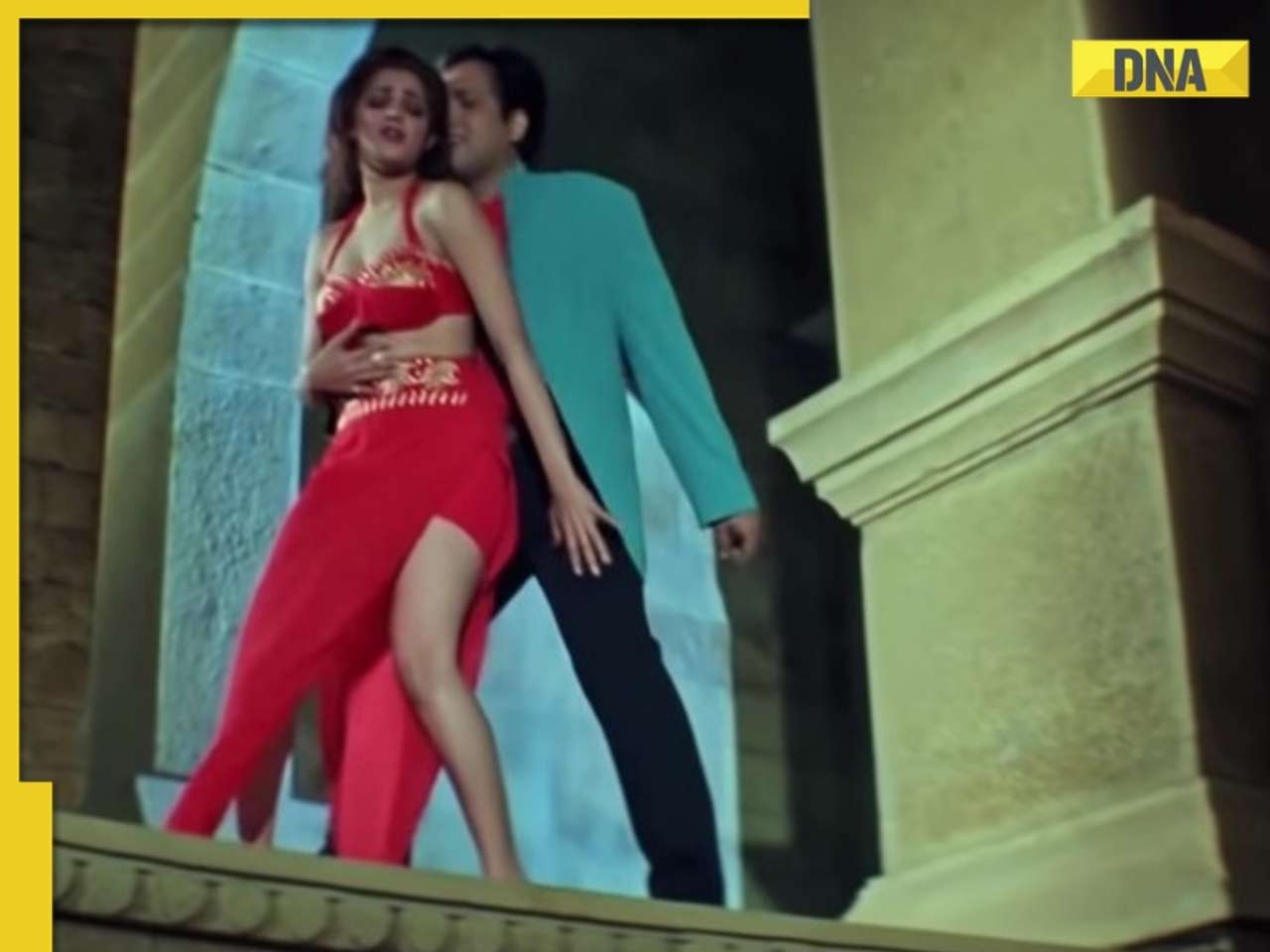
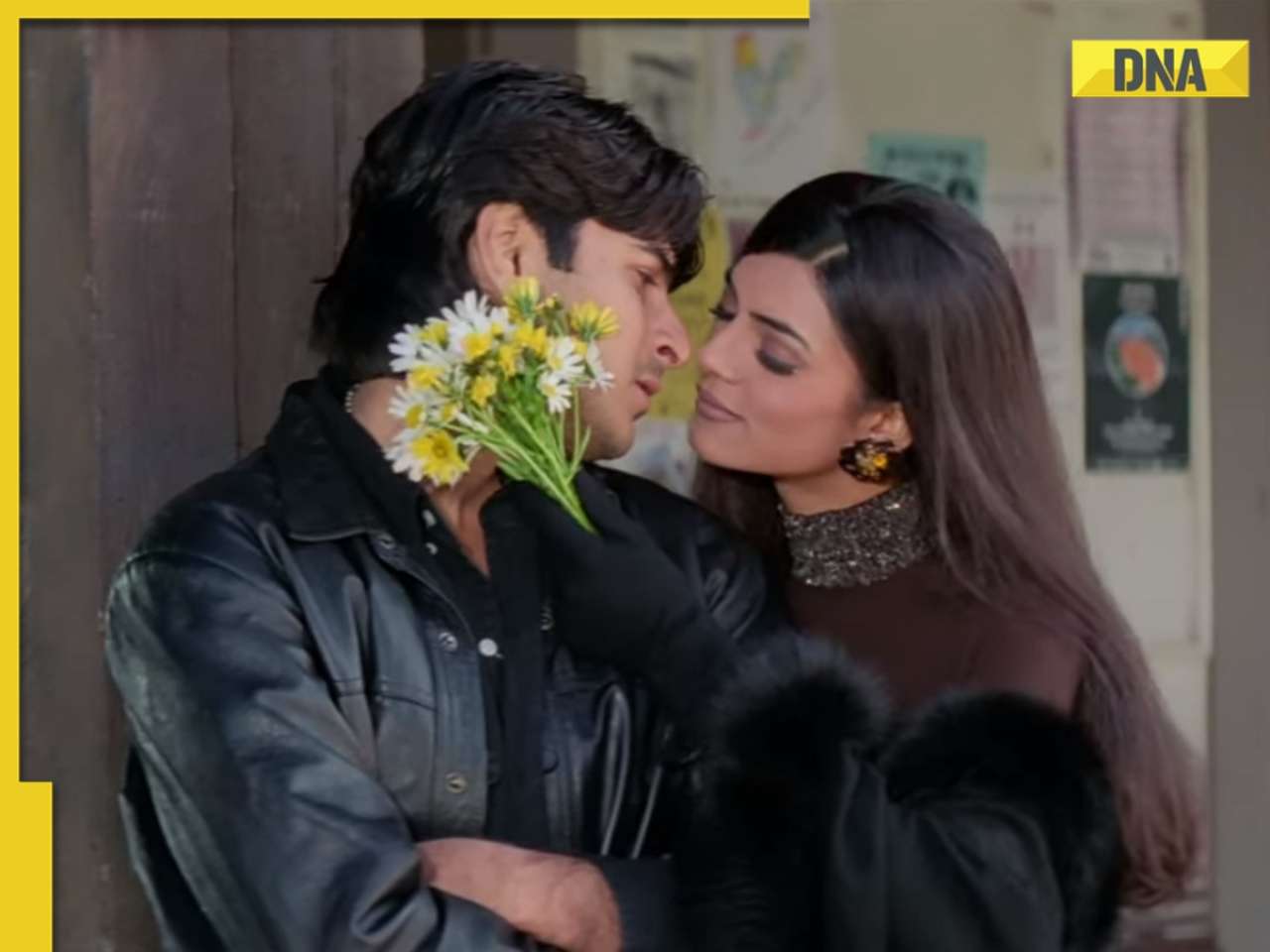







)
)
)
)
)
)